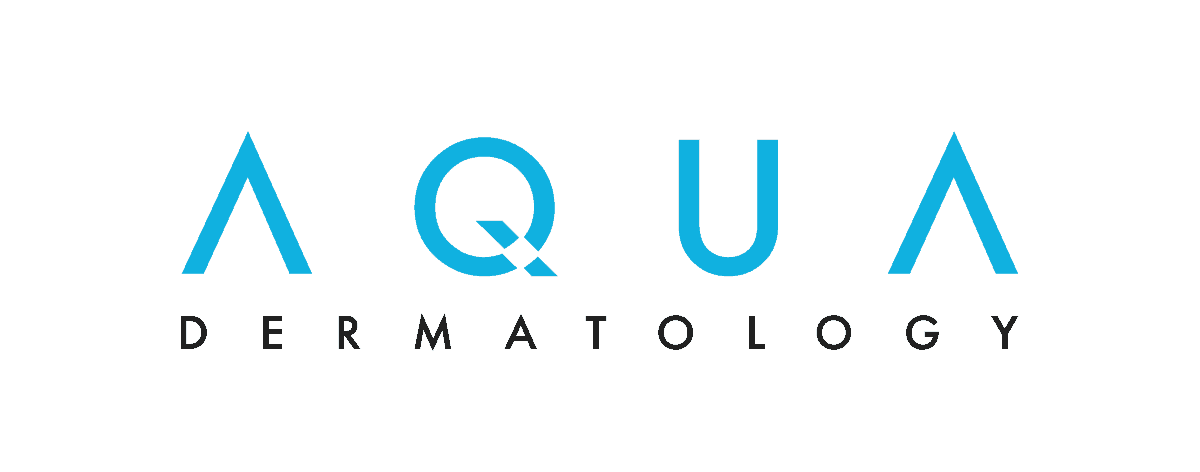Dermatitis
Dermatitis is a chronic inflammation of the skin that is often caused by an allergic reaction to some form of irritant or other chemical factors. It is characterized by dry, itchy pink or red rashes or swelling or sores on the skin. The condition usually appears within 48 hours following exposure to an allergen such as poison ivy or poison oak. It comes in many forms: stasis dermatitis, nummular dermatitis, and seborrheic dermatitis, for example. The condition is not dangerous or life-threatening but it can be very uncomfortable and even painful.
Symptoms
After exposure to an allergen, your skin may look red or pink, swollen and blistered, or it can appear dry and bumpy. Dermatitis can present as a rash that has broken out and covers a large part of your body or as large blisters. The condition usually appears within 48 hours following exposure to an allergen. The condition is not dangerous or life-threatening but it can be very uncomfortable and even painful. Note: If you have trouble breathing or swallowing, call 911 or immediately go to an emergency room.
Often the sufferer will experience pain, burning or stinging in affected areas. The skin may take on a scaly or greasy appearance as in the case of stasis dermatitis, which is usually found on the lower legs and ankles or inner side of the calf. Nummular dermatitis, or nummular eczema, appears as a stubborn, chronic rash on the hands, arms, legs, or buttocks, primarily in people over 55 years of age. Other forms may produce severe itching, scaling, swelling or blistering. Affected areas may be dry or moist or produce a white to yellowish coloration of the skin on the scalp, eyelids, face, shell of the ears, breasts, groin or underarms.
A dermatologist can diagnose the type of dermatitis and can help figure out its source by evaluating where on the body the breakout occurred, your recent activities and previous personal history with dermatitis. If no source is identified after that review, your doctor may perform a patch test.
Types of Dermatitis
Because there are several kinds of dermatitis, there are a variety of symptoms you might experience.
Seborrheic dermatitis is a common skin condition that causes flaky scales on the scalp, also known as dandruff.
Allergic contact dermatitis presents a rash that consists of red raised bumps in lines or blotches, with small, clear fluid-filled blisters on top that usually develops two days to two weeks after contact. If your body is sensitive to potential allergens like poison ivy, nickel jewelry, fragrances or cosmetics, you’ve likely experienced the itch, burn and discomfort that allergic contact dermatitis can cause.
Atopic Dermatitis is the most difficult to treat but also is the most common. It affects about 4% of the population and is most severe in children. The rash begins as dry itchy skin. Later the skin folds of the neck, wrist, elbow and knee creases are attacked with scratch marks, accentuated skin lines, and breaks in the skin leading to infection.
Atopic Dermatitis is caused by atopy; an increased sensitivity to the environment—temperature, humidity, textures of clothing, and allergens in foods and the air. An atopic person is also more likely to have asthma, food sensitivities, and be allergic to penicillin.
What Causes It?
Chemicals like solvents or detergents used at home or work; contact with poison ivy, oak, and sumac that can be found in parks, woodlands, and campsites; metal jewelry such as nickel found in watches, bracelets or belt buckles may all be culprits. Bacterial or yeast infections that your body acquires can trigger dermatitis. These substances, while harmless to much of the population become allergens to those who have an elevated sensitivity. Genetic tendencies toward dry skin or sensitivity to changes in climate also can be a cause of dermatitis. The atopic tendency is an inherited trait, although the allergies do not necessarily lead to eczema.
Common Allergens
- Poison ivy, poison oak, and sumac
- Animal dander
- Bacteria and viruses
- Chemicals
- Dust
- Drugs, such as antibiotics or topical medications
- Foods, such as milk, chocolate, strawberries, wheat
- Fragrances found in perfumes, lotions, shampoo, and cosmetics
- Pollen
- Smoke
- Rubber gloves
- Hair dye
- Glue
Treatment Options
Each type of dermatitis requires a different type of treatment that your doctor will prescribe. Treatments may include emollients and barrier creams, mild soaps and detergents, short lukewarm baths, topical, oral and intramuscular corticosteroids, oral and topical antibiotics to reduce bacteria, bleach baths, UVB phototherapy, fragrance-free regimens, other systemic immunosuppressant medications or antihistamines to control itching.
Mild cases of seborrheic dermatitis can be controlled by over-the-counter anti-dandruff shampoos and facial moisturizers or hydrocortisone cream.
The skin rash caused by allergic contact dermatitis rash may be treated with a corticosteroid like cortisone, hydrocortisone, and prednisone. Antihistamines such as Benadryl and anti-itch creams may be used to reduce the symptoms.
Treatment for eczema generally consists of reduced bathing, use of gentle soaps, moisturizers, and antihistamines to relieve itching and to help with sleep. More severe cases require antibiotics, corticosteroids or new non-steroid class of prescribed creams called pimecrolimus. Chronic (lifelong) cases of eczema may also be helped through phototherapy.





